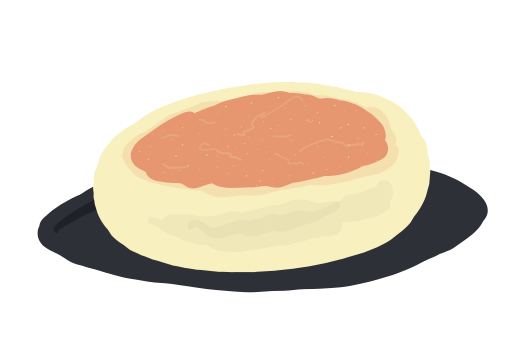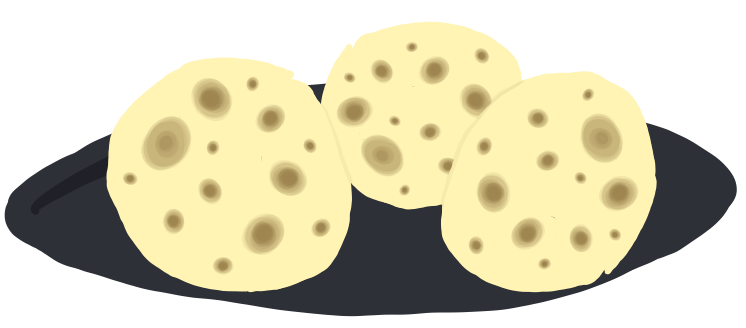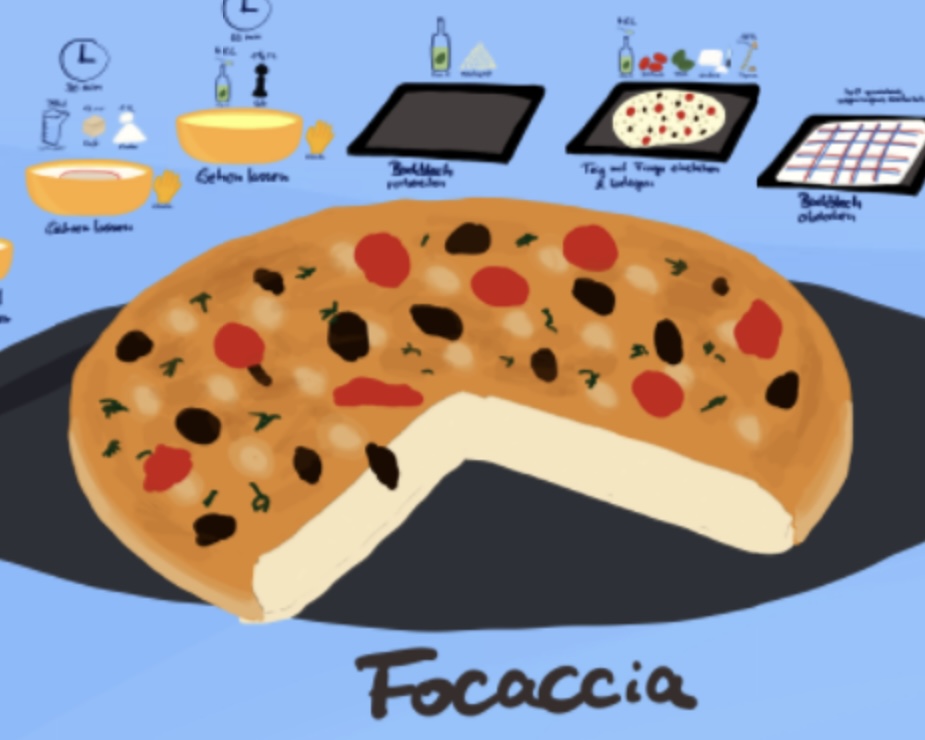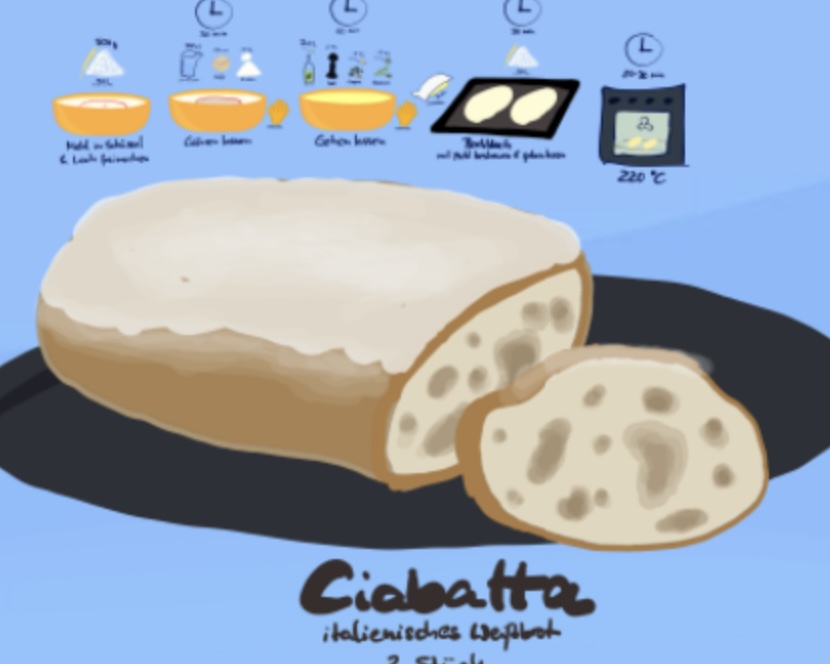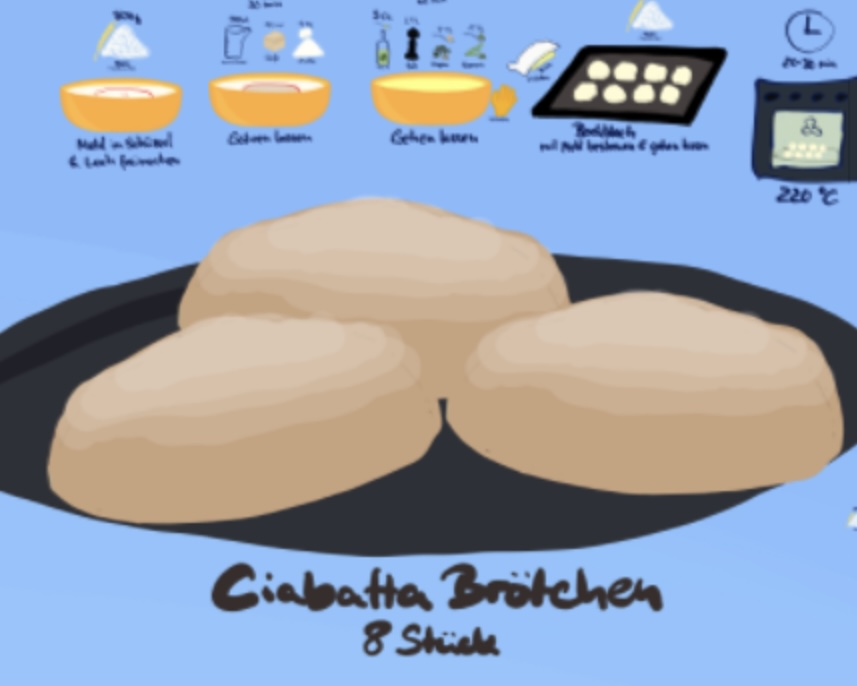Classic Wheat Bread Recipe
Soft and wholesome bread made with whole wheat flour, a daily staple.Instructions: Tap the Map & Cook Along 👇
Wheat Bread: The Staple of Nourishment and Tradition
In the vast panorama of baked goods, where each loaf tells a story of cultural heritage and artisanal skill, wheat bread stands out as a fundamental and beloved staple. This humble bread, made from one of the oldest and most widely consumed grains in the world, not only feeds the body but also nourishes the soul with its simple, wholesome goodness. Whether it's a crusty baguette, a soft sandwich loaf, or a dense, hearty multigrain, wheat bread encompasses a variety of forms and flavors. Let's delve into the world of wheat bread and discover the secrets behind baking this essential staple.
The Heart of Wheat Bread
Wheat bread begins with wheat flour, water, yeast, and salt—basic ingredients that, when combined, yield a universe of textures and tastes. The type of wheat flour used can vary dramatically, from refined white flour to whole wheat and everything in between, each lending its unique properties to the bread. White flour produces a light, soft loaf perfect for everyday sandwiches, while whole wheat flour offers a denser texture and a richer, nuttier flavor that appeals to health-conscious consumers.
The Art of Kneading and Fermentation
The magic of wheat bread lies in the art of kneading and fermentation. Kneading develops the gluten in the flour, giving the bread its structure and elasticity. This process is crucial as it allows the bread to hold the gases released by the yeast during fermentation, leading to a well-risen loaf. The fermentation process itself is where the real flavor of wheat bread develops. As the yeast acts on the sugars in the flour, it not only causes the dough to rise but also enhances the bread's inherent flavors.
Varieties and Innovations
Wheat bread is not just limited to basic loaves. It forms the foundation for a multitude of variations, each with its own identity and cultural significance. From the fluffy, soft texture of Japanese milk bread to the tangy, chewy crumb of San Francisco sourdough, wheat bread can be adapted to suit any taste and preference. Bakers can experiment with adding ingredients such as seeds, nuts, dried fruits, or spices like cinnamon and nutmeg to create customized bread that delights and surprises.
Health Benefits of Wheat Bread
For health enthusiasts, wheat bread can be a nutritious component of the diet, particularly when made from whole wheat flour. Whole wheat bread is packed with fiber, vitamins, and minerals, contributing to digestive health, lower cholesterol levels, and a reduced risk of several chronic diseases. Moreover, modern baking has embraced ancient grains like spelt, emmer, and einkorn, which are often used in wheat bread recipes to provide additional health benefits and distinct flavors.
Baking Your Own Wheat Bread
One of the joys of wheat bread is its accessibility to bakers of all skill levels. Baking your own loaf at home allows for complete control over the ingredients and methods used, making it possible to create a bread that is perfectly suited to your taste and nutritional needs. The act of baking bread is not only a fulfilling culinary project but also a comforting ritual that fills the home with the irresistible aroma of fresh-baked bread.
Conclusion
Wheat bread is more than just a simple staple; it is a testament to the versatility and enduring appeal of bread as a fundamental food. It connects us to generations past and present, to distant cultures and local traditions. Whether you enjoy it toasted with butter, as the base for an elaborate sandwich, or simply fresh from the oven, wheat bread offers a comforting, satisfying experience that’s hard to surpass. So, the next time you bite into a slice of wheat bread, remember its rich heritage and the simple pleasures it brings to everyday life.
